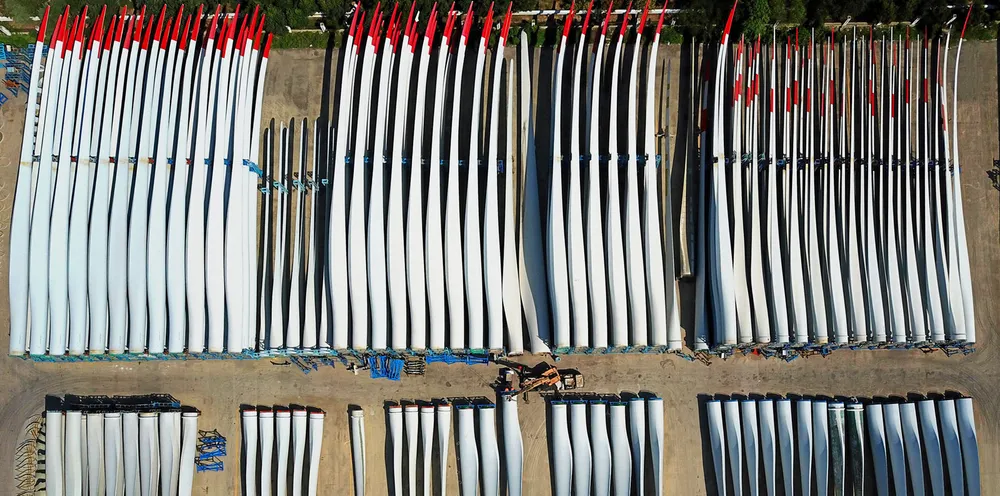'Being fully recyclable in theory doesn’t matter if blades aren't recycled in practice'
Cross-sectoral partnerships are essential in accelerating the transition to a circular economy for blades, writes John Korsgaard

Cross-sectoral partnerships are essential in accelerating the transition to a circular economy for blades, writes John Korsgaard
